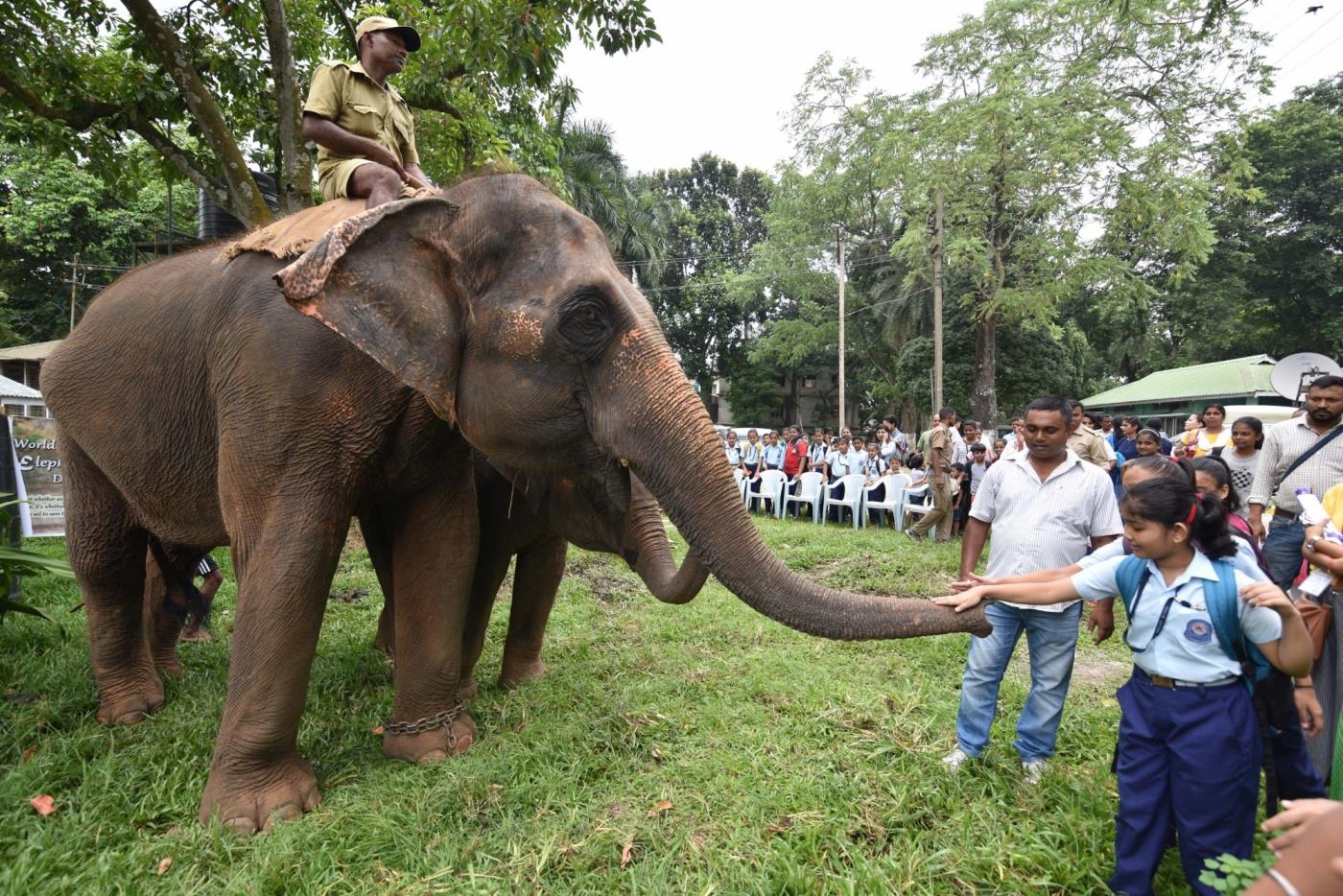Expressing concern over the increasing number of elephant deaths in India, an international organisation involved in the preservation and protection of these animals globally has stressed the urgent need for a comprehensive policy change in the country to arrest the rapid fall in elephant population…reports Asian Lite News

Speaking to IANS, Azzedine Downes, President and CEO of International Fund For Animal Welfare (IFAW), highlighted the threats these natural nomads currently face from highways and railways among others and suggested creation of more safe corridors in the country.
It was vital that public, policy and industry work together to provide the space these elephants need to thrive, for the well-being of humans and ecosystems, Downes said.
Elaborating, he said: “Yes, the elephants face threats from linear infrastructure, such as railways, irrigation, highways and power lines. Thus, there is an immediate need for a much bigger, stronger and comprehensive policy change to prevent this sharp decline in the elephant population.”
India has a little over 27,000 wild Asian elephants; about 55 per cent of the estimated global population. Yet these animals face an increasingly uncertain future in the country.
“We are optimistic about the future of India’s elephants. IFAW, along with our partner Wildlife Trust of India (WTI), are working together to create real-world solutions that will make an immediate and lasting impact – for animals, people, and the place we call home,” the IFAW President said when asked whether elephants were safe in India.
The resource requirements of India’s growing human population has led to the destruction and fragmentation of wild habitats across the country, depleting the area available for elephants to roam. The traditional migratory paths of the wild elephants have been adversely impacted.
Asked why despite the government’s various steps the elephants were being regularly killed, he said: “The elephant is an integral part of the ecology and cultural fabric of India. We are greatly concerned with the fragmentation of habitat these gentle giants are facing in India, and the conflict that arises from the increased interface between elephants and people.

“To secure a future for wild elephants, it is essential that we ensure their uninterrupted movement between key habitats. To do this, designated corridors must be legally secured and protected.”
He was asked about human-elephant conflict in states like Odisha, where elephants were on the rampage killing humans and destroying properties.
Downes said: “Our vision is a world where animals and people are thriving together, and it’s the genesis of what IFAW and WTI have been prioritizing through the Right of Passage project over the last decade-and-a-half.
“Our aim, in partnership with the government of India’s Project Elephant, the forest departments of elephant range states, and various NGOs, has been to protect and secure elephant corridors, while simultaneously improving the livelihood of people affected by conflict in corridor areas.”
He said six corridors have already been secured and “we are currently working on securing six more”.
Of the 101 corridors identified, six have been secured and six more are currently in the process of being secured.
Secured corridors are Thirunelli-Kudrakote in Kerala, Edayarhalli-Doddasampige and Kaniyanpura-Moyar in Karnataka, Siju-Rewak and Rewak-Emangre in Meghalaya and Chilla-Motichur in Uttarakhand.
Corridors in the process of being secured are five in Assam connecting Kaziranga and Karbi Anglong and one in Karnataka for Chamrajnagar-Talamali passage.
In order to raise awareness for the conservation efforts necessary to protect and preserve our national heritage animal across the country, Wildlife Trust of India (WTI) launched Gaj Yatra, a nationwide campaign with Union Environment, Forest and Climate Change Minister Harsh Vardhan last year.

Asked if IFAW has any specific role to protect elephants in India, he said: “IFAW partnered with WTI in securing the first elephant corridor in 2007 to provide a safe passage for 1,000 elephants in Karnataka. This year, we’ve embarked upon the Gaj Yatra to take Gajah to the Prajah — the elephant to the people.
“Since then, IFAW-WTI have joined hands with World Land Trust, IUCN and Elephant Family to accelerate the process of securing corridors in India. In every sense, this week’s Gaj Mahotsav celebration of elephants as India’s National Heritage is a milestone.”
He emphasised that no other event had centered around an animal in such a holistic fashion – covering aspects of art, literature, religion, policy, performing arts and cultural heritage. “It signifies the agglomeration of several agencies and ministries working together for a flagship species.”
As part of the Gaj Yatra, there will a first edition of ‘Gaj Mahotsav’ – a four-day festival celebrating the majestic Asian elephant from August 12-15 at the Indira Gandhi Centre for Arts where artists have created 101 life sized elephant art pieces representing the 101 elephant corridors of India.
The festival is being organised in association with the Ministry of Environment, Forests and Climate Change in partnership with the International Fund for Animal Welfare and UN Environment.








